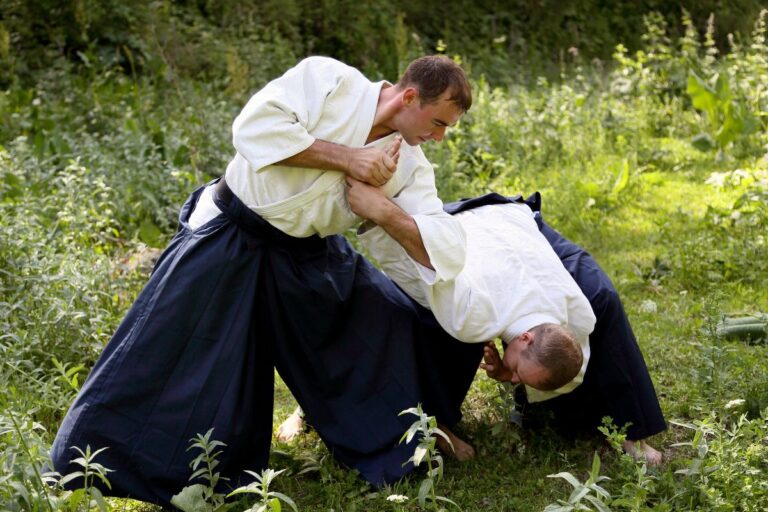With the rising influence on Buddhism on politics, the Emperor Kanmu founded a new capital at Kyoto in 794. This Capital was named Heian-Kyo, meaning the City of Peace (Hei) and Stability (An), however peace and stability were never realized and political wars between the nobility raged.
From the mid 9th Century, the court was dominated by the noble Fujiwara clan, which organized Machiavellian marriages of their daughters to imperial heirs, allowing them control as regents. The late Heian Period saw great social upheaval as provincial warlords began vying for land and power.
In particular, the two noble warrior families, the Taira and the Minamoto warred over rival Imperial thrones. The Taira claimed victory and maintained strict control of the court until 1185.

The Heian Period was characterized by flourishing literature, culture and the arts. The pursuit of aesthetic refinement by the aristocracy and nobility lead to further developments. The 11th Century novel, “The Tale of Genji” written by Lady Murasaki Shikibu, and now considered one the great works of world literature was penned in the mid Heian Period and provides an insight into the lives of the Japanese nobility.
